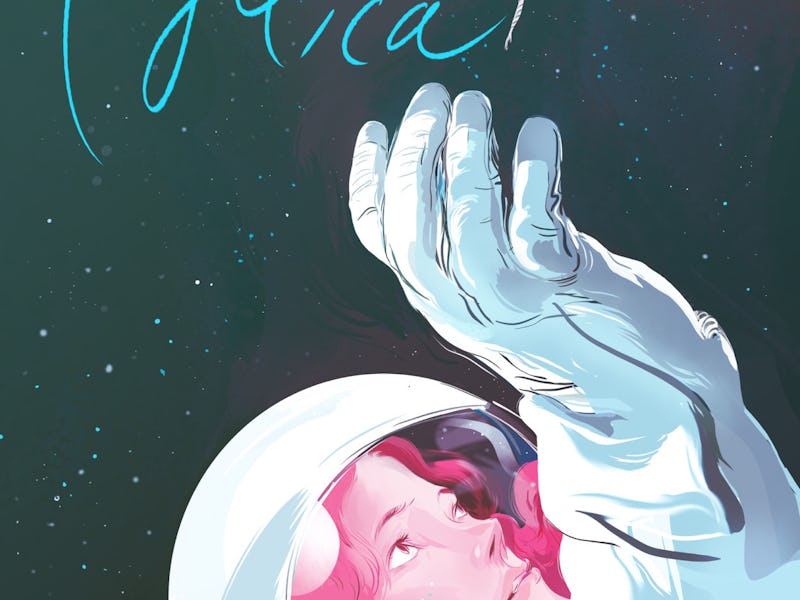Wesley Allsbrook And The Glowing Intersection Of Fine Art and Technology
"[Some say] technology is cheating and art is work."

Illustrator Wesley Allsbrook is helping to pave the way for a new frontier of artistry, by combining technological enhancements with her illustrating skills. Her stunning illustrations have been featured in many publications, from The New Yorker to Garden and Gun to The New York Times.
Allsbrook spoke to Inverse about the (sometimes contentious) relationship between art and technology.
What were your favorite editorial projects to work on or ones you’re particularly proud of?
I like the piece with the Marshall Project and ProPublica, “An Unbelievable Story of Rape”. It won the Pulitzer this year. Mostly I like the women’s issues pieces and the rape cases because they have personal significance to me and they make me feel like I’m actually doing something useful. People talk about illustrators as culture makers, but that’s only really true if the work that we do gains visibility and if the work that we do is memorable and enters the public consciousness in a meaningful way. Otherwise it’s just decoration. Most of the time I feel like decoration.
An illustration from the New York Times Sunday Book Review from June 2014.
You’re very honest on your blog about the revisions you make to your work and the changes you would make if you were to restart. What’s it like to be in a constant state of revision, especially with projects you complete for publications?
A post from Allsbrook's blog.
Everyone feels like this. We just wish we could be paid for revises forever. Everything is a regret. The challenge is learning, and the right amount of forgetting. What I’m expressing lately, as I throw old, old pictures onto Tumblr and try and fail to update my website and try and fail to do social media in an attractive and consistent way and choke on my schedule, is that editorial is good, but the way I chose and choose to live and work left me no time to make something in which I could complete that thought. The thought about the difference between what I was making and what I wanted to say. So I would get excited, I would get disappointed, I would ask why I was disappointed, but before I really knew, I would get hungry. Sometimes, literally. I’m trying to be honest about bad balance. And if everyone knows, maybe I get better, and maybe the process gets better for everyone.
You also worked on a project with Barrie Potter called MSG Comics. Could you tell me a bit about the inspiration for your piece, “The Art of Painting”? What is the message here about the relationship between art and technology?
We did Vermeer because of that documentary about how perhaps Vermeer used this modified technique to basically copy what was in front of him. I mean, a lot of painters use technology to get illusionistic space. That’s not a big deal, but the thing is they’re still painters and it doesn’t make anything that they did less.
Technology kind of — in terms of art — when people are critical of it, they say that technology is cheating and art is work. People make a whole lot of the effort of art-making. And the idea is that if you use technology, you’re not actually doing all of the effort yourself. There’s this feeling that a complete world needs to exist inside of you and that if you use any tool to get there, you’re using an intermediary to access the ineffable.
The first pages of "The Art of Painting" by Wesley Allsbrook and Barrie Potter.
And that’s sort of whatever you’re making as an artist. If you’re using an intermediary when someone else could just sort of get the same thing by using their eyes, then that cheapens your work. We’re at a place right now where technology sort of only makes my work better and technology also is orienting toward me as a human rather than fighting against the impulses that are kind of most natural to my body and my mind.
Right now technology does a couple of things: technology sells us stuff and helps us make work. And ideally we should love it and make it love us and make it orient toward us. And then we can make work together and not feel like we’re making something with this kind of strange external go-between. Myself and my computer, we could be together in this process of art-making in a way that is not confusing or anything to be ashamed of or anything that kind of cheapens my process. I think it’s a relationship.